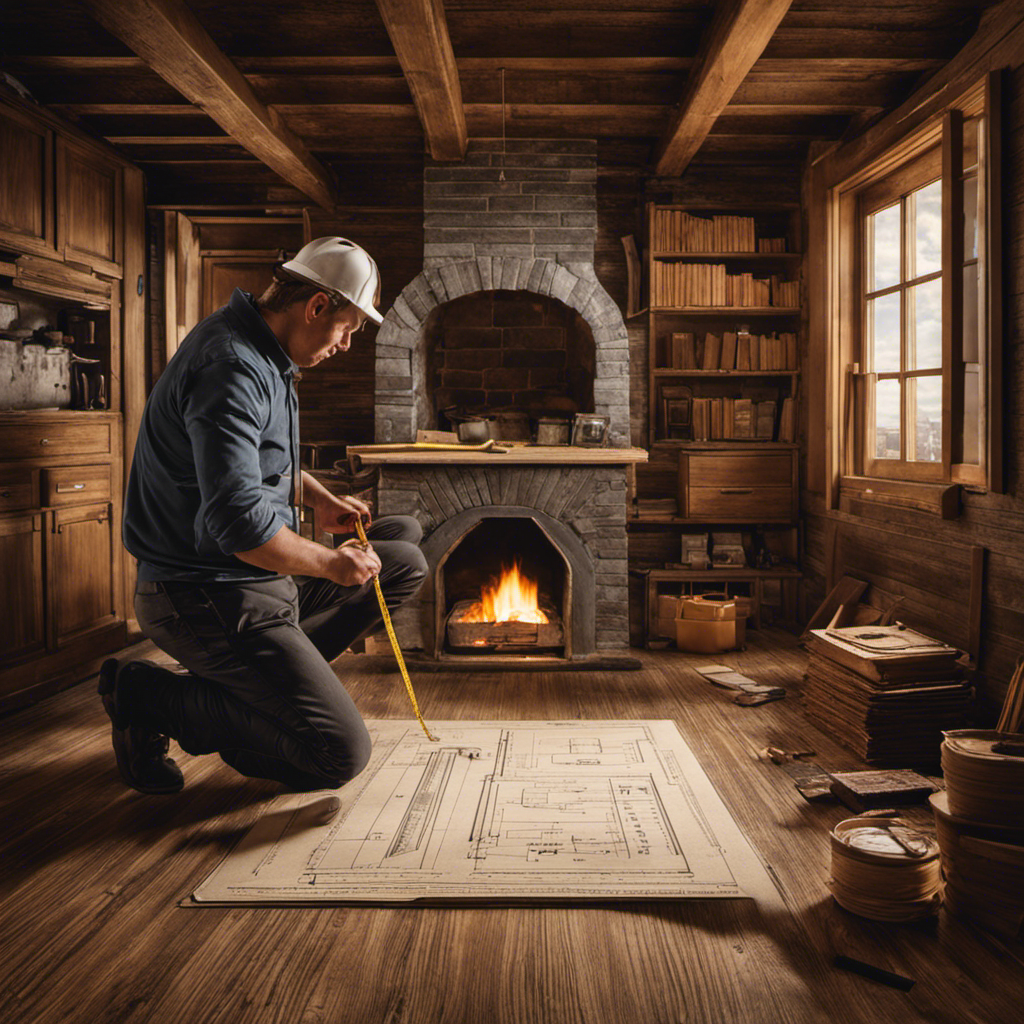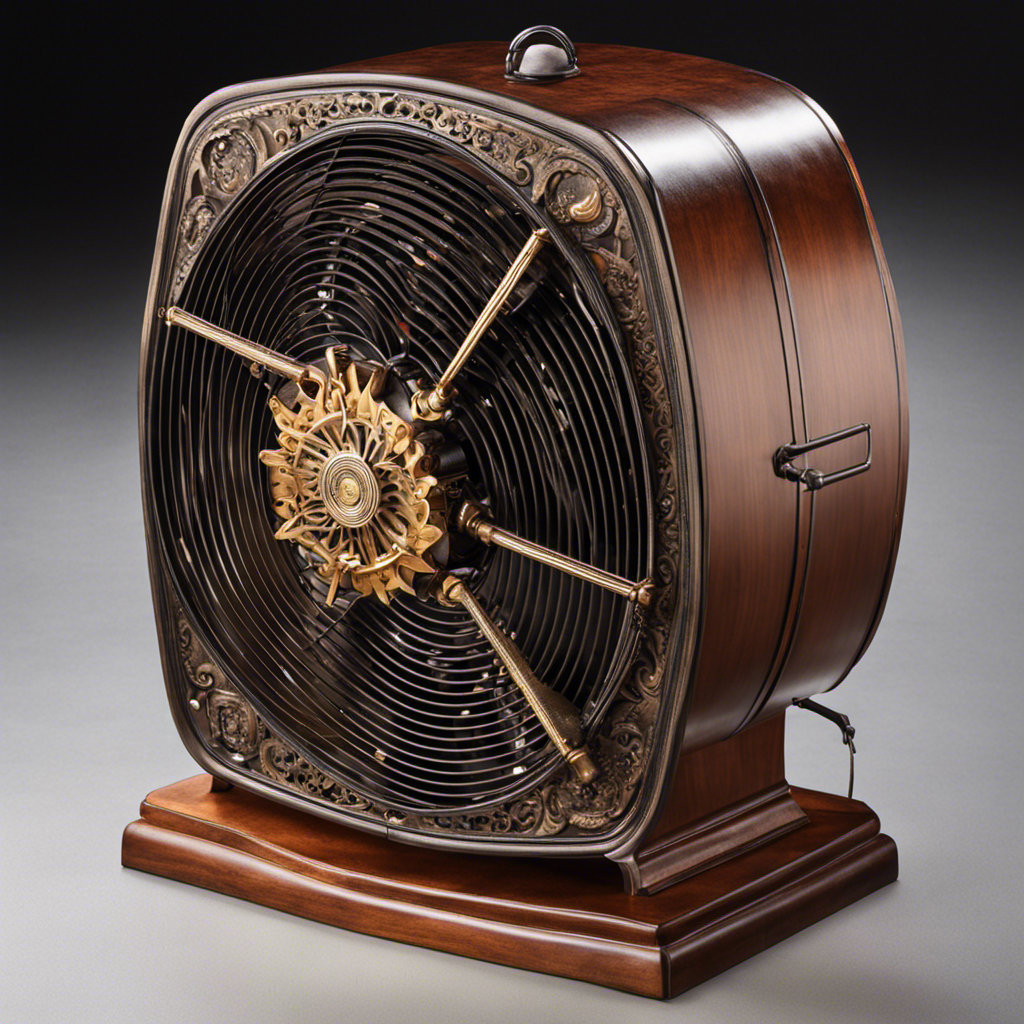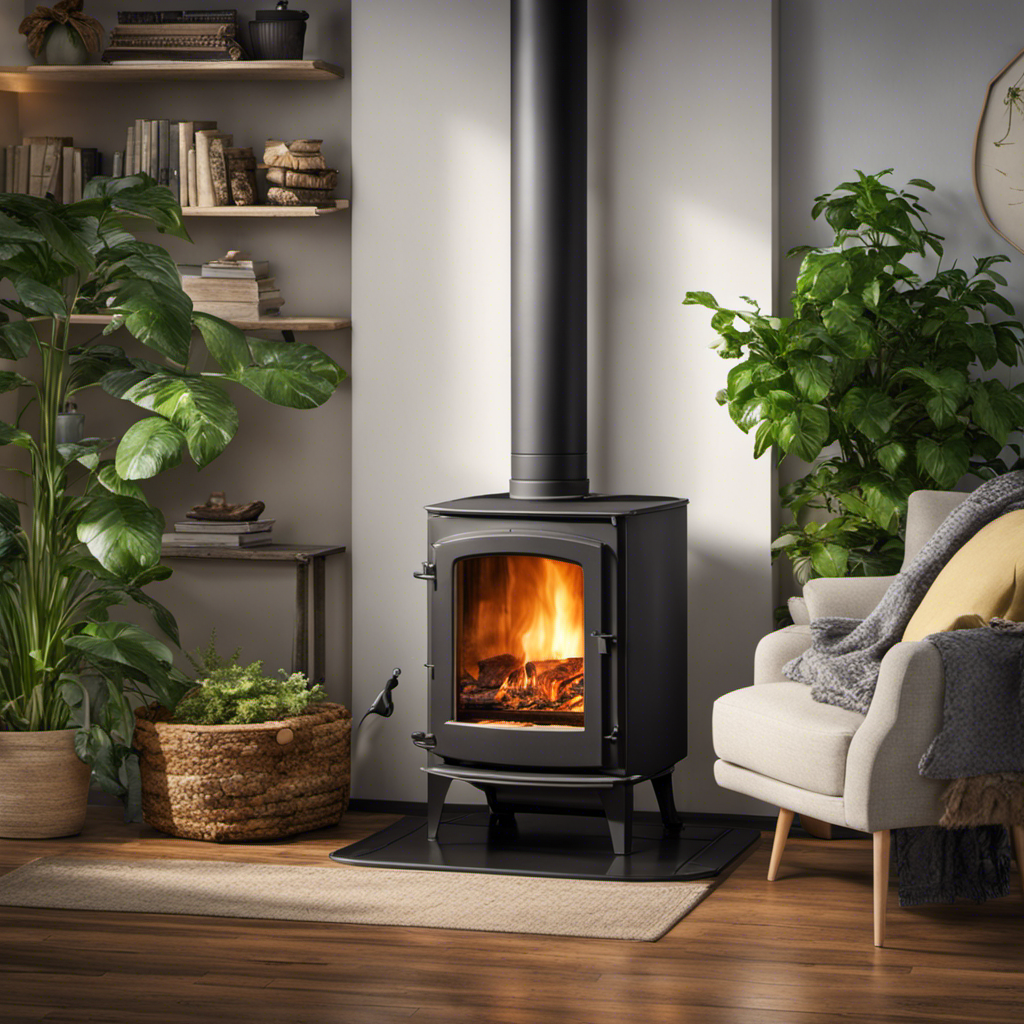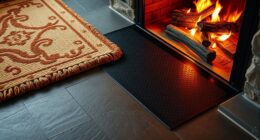Hello!
So you’re thinking about getting a wood stove, huh?
Well, let me tell you, it’s not just about picking any ol’ stove and throwing it in your space. Oh no, my friend.
Sizing a wood stove is an art, a science even. Lucky for you, I’ve got all the juicy details on how to do it just right.
From understanding heat output to evaluating installation requirements, I’ve got you covered.
So buckle up, because we’re about to dive deep into the world of wood stove sizing.
Key Takeaways
- Sizing a wood stove based on fuel type is crucial for efficient heating
- Calculate the square footage of your space accurately to determine wood stove size
- Calculate heat loss in your home to choose a wood stove that provides sufficient heat
- Consider the wood stove’s efficiency rating to maximize heat output and minimize fuel consumption
Understanding Heat Output and BTU Requirements
I’m learning about the importance of understanding heat output and BTU requirements when sizing a wood stove.
Sizing a wood stove based on the fuel type is crucial for efficient heating. Different fuels have different energy densities, which affect the heat output and BTU requirements. For example, hardwoods like oak and maple have higher energy densities and produce more heat compared to softwoods like pine.
Additionally, evaluating the environmental impact is essential when choosing the right wood stove size. A properly sized wood stove will burn fuel more efficiently, reducing emissions and minimizing environmental harm.
Understanding heat output and BTU requirements allows us to select a wood stove that matches the heating demands of our space while considering the environmental impact.
Now, let’s move on to determining the square footage of your space.
Determining the Square Footage of Your Space
Calculating the square footage of my space is crucial for accurately sizing a wood stove. When determining the appropriate wood stove size, it’s important to consider the insulation of the area and factor in the ceiling height.
To calculate the square footage, measure the length and width of each room and multiply them together. For example, if the room is 10 feet wide and 12 feet long, the square footage would be 120 square feet.
Additionally, it’s important to take into account the insulation of the space. Well-insulated areas require less heating capacity compared to spaces with poor insulation.
Lastly, don’t forget to factor in the ceiling height, as taller ceilings may require a larger wood stove to effectively heat the room.
Calculating the Heat Loss in Your Home
To accurately determine the appropriate size of a wood stove, it’s crucial to calculate the heat loss in my home.
This involves assessing the insulation factors and energy consumption of the space. Calculating insulation factors involves evaluating the type and condition of the insulation in the walls, floors, and ceilings, as well as any additional measures taken to improve energy efficiency, such as weatherstripping or window treatments.
Assessing energy consumption requires analyzing the heating needs of the home, taking into consideration factors like square footage, ceiling height, and the number of windows.
By accurately calculating the heat loss in my home, I can choose a wood stove that will provide sufficient heat while maximizing energy efficiency.
This will ensure a comfortable and cost-effective heating solution for my living space.
Considering the Wood Stove’s Efficiency Rating
I can consider the wood stove’s efficiency rating and choose the best option for my home. When comparing different wood stove models, it’s important to look at their efficiency ratings. These ratings determine how effectively the stove can convert wood into heat. Factors affecting wood stove efficiency include the stove’s design, insulation, and combustion system.
By comparing the efficiency ratings of different models, I can determine which stove will provide the most heat while minimizing fuel consumption. This is crucial in ensuring that my home stays warm and comfortable during the colder months.
Once I’ve chosen a wood stove based on its efficiency rating, I can then move on to evaluating clearances and installation requirements to ensure a safe and proper installation.
Evaluating Clearances and Installation Requirements
Since I’ve chosen a wood stove based on its efficiency rating, I need to evaluate clearances and installation requirements to ensure a safe and proper installation.
Evaluating safety precautions is crucial when it comes to installing a wood stove. One of the most important aspects to consider is the clearance requirements. These requirements dictate the minimum distance that the stove must be placed from combustible materials such as walls, furniture, and flooring. It’s essential to follow these guidelines to prevent the risk of fire.
Additionally, choosing the right chimney pipe is vital for the proper functioning of the wood stove. A properly sized and installed chimney pipe ensures the efficient removal of smoke and gases from the stove. It’s crucial to consult the manufacturer’s guidelines and local building codes to select the appropriate chimney pipe for your wood stove installation.
Frequently Asked Questions
How Do I Properly Maintain and Clean a Wood Stove?
To properly maintain and clean a wood stove, regular maintenance is key. Start by removing ashes and debris, then clean the glass and flue pipe. Check for any signs of damage and replace any worn-out parts.
Can I Use a Wood Stove as the Primary Source of Heating for My Entire Home?
Yes, you can use a wood stove as the primary source of heating for your entire home. However, it’s important to consider factors like wood stove efficiency and the cost of heating with a wood stove.
What Are the Advantages and Disadvantages of Using a Wood Stove Compared to Other Heating Options?
The advantages of using a wood stove include cost savings and a cozy atmosphere. However, there are disadvantages such as the need for constant maintenance and the potential for air pollution.
Are There Any Safety Concerns or Precautions I Should Be Aware of When Using a Wood Stove?
When it comes to using a wood stove, it’s important to prioritize safety. Taking proper ventilation measures and following safety precautions can help prevent accidents and ensure a worry-free heating experience.
Can I Install a Wood Stove in a Mobile Home or Rv?
Yes, you can install a wood stove in a mobile home or RV. However, it’s important to ensure proper ventilation, clearance requirements, and compliance with local building codes to ensure safety and efficiency.
Conclusion
In conclusion, choosing the right size wood stove is crucial for efficient heating in your home.
By considering factors like heat output, square footage, heat loss, efficiency rating, and installation requirements, you can ensure optimal performance and comfort.
Just like Goldilocks finding the perfect fit, finding your ideal wood stove size will create a cozy and inviting atmosphere, making your home the envy of all who visit.











